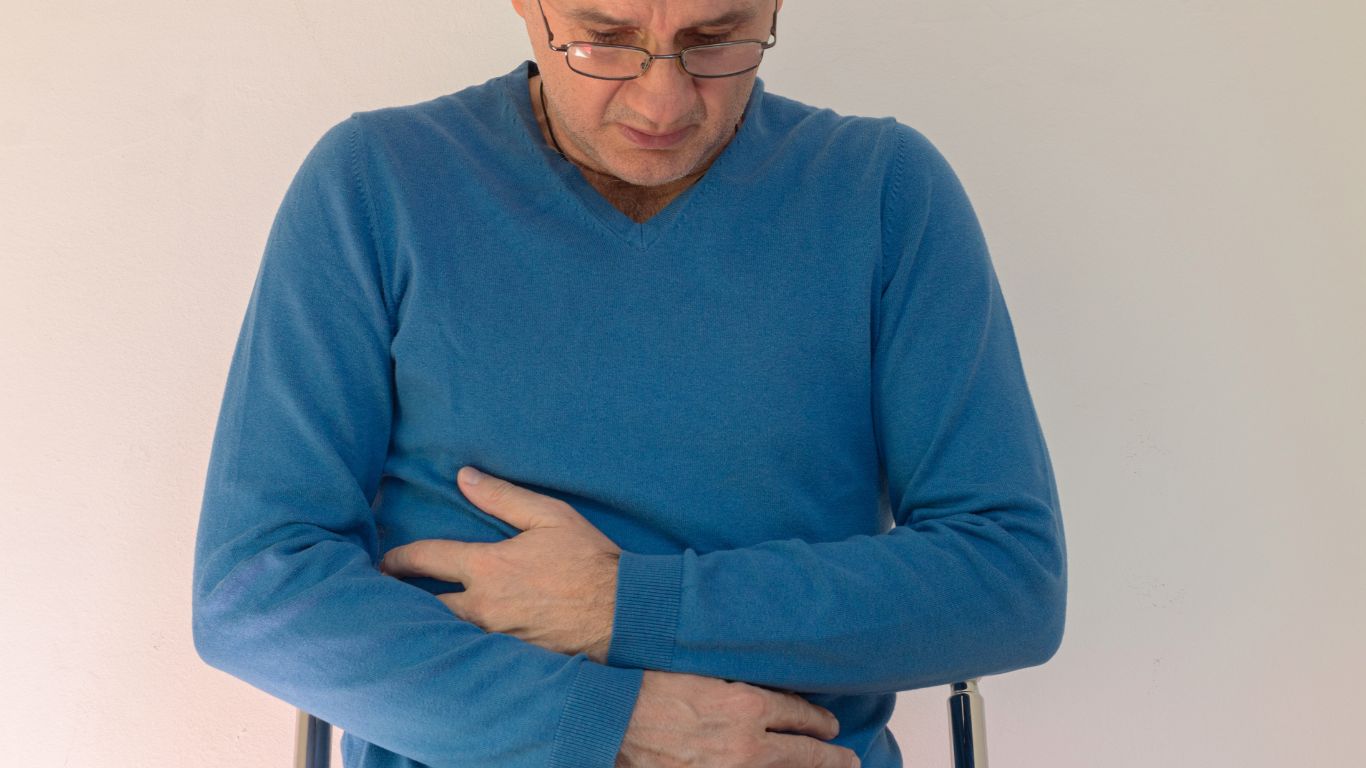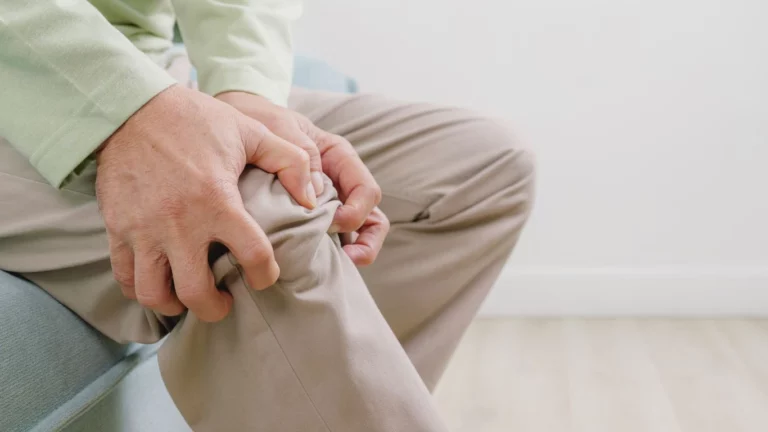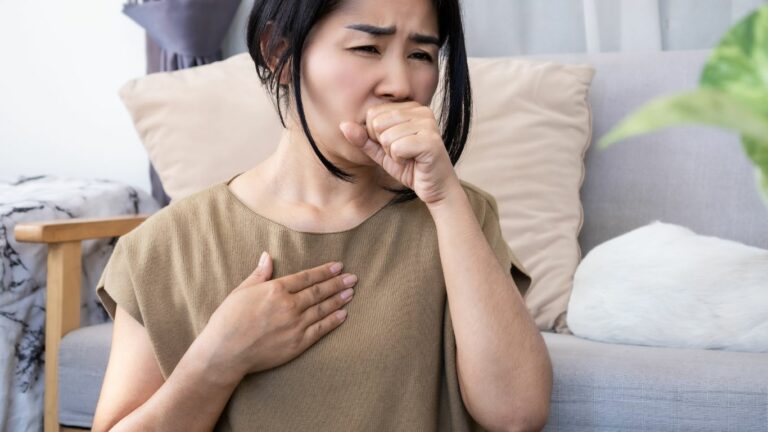Reflexology Relieves GERD Naturally, My Surprising Results
Living with GERD isn’t just uncomfortable—it can disrupt every part of your day, from meals to sleep. When my acid reflux was at its worst, I’d feel like a fire-breathing dragon after the simplest meal, and traditional treatments sometimes made me feel worse than the GERD itself. That’s when I stumbled upon something unexpected: reflexology. If you’re tired of the constant burning, regurgitation, and that annoying lump in your throat, reflexology might offer the natural, soothing relief you’ve been searching for—just like it did for me.
Understanding GERD Beyond the Basics

GERD, or gastroesophageal reflux disease, happens when stomach acid persistently flows back into your esophagus. According to Mayo Clinic, GERD affects millions globally, causing heartburn, chest pain, and chronic cough. But here’s something most articles won’t tell you: stress plays a massive role in triggering GERD episodes. When I first noticed how my flare-ups spiked during stressful weeks, I realized the mind-gut connection wasn’t just a wellness trend—it’s real science.
What Exactly Is Reflexology and How Does It Help GERD?

Reflexology is an ancient practice that involves applying gentle pressure to specific points on the feet, hands, or ears, which correspond to organs and systems throughout the body. By stimulating these points, reflexology aims to restore balance, improve circulation, and promote relaxation. From personal experience, a 30-minute reflexology session did more to ease my digestive discomfort than days of popping antacids.
The Science Behind Reflexology’s Impact on GERD
One theory is that reflexology activates the parasympathetic nervous system—your body’s natural “rest and digest” mode—helping reduce stomach acid production. This might sound woo-woo, but research like this systematic review supports reflexology’s role in reducing stress and improving gastrointestinal issues.
How Reflexology Sessions Work for GERD Relief

During a session, a reflexologist will focus on areas linked to your digestive system, like the solar plexus, diaphragm, stomach, and esophagus reflex points (usually found on the feet). Here’s what a typical reflexology appointment looked like for me:
- Preparation: Reclined in a comfortable chair while the therapist cleaned my feet.
- Pressure application: Focused, gentle pressure on points believed to calm the digestive system.
- Relaxation phase: Breathing exercises paired with light massage, melting away the stress fueling my reflux.
By the end of my first session, the tightness in my chest and that gnawing acid feeling had significantly eased. Reflexology didn’t just help me feel better; it helped me sleep better—something many GERD sufferers desperately need.
Signs Reflexology Might Benefit Your GERD

Wondering if reflexology could be your secret weapon? You might benefit if you:
- Experience GERD symptoms worsened by stress or anxiety.
- Struggle with sleep disturbances from nighttime reflux.
- Prefer natural, complementary therapies over increasing medication doses.
- Notice tightness in your chest or upper abdomen when anxious.
It’s worth noting that reflexology isn’t a replacement for medical treatment. Instead, think of it as an addition to your existing GERD management plan—especially if your current plan leaves you feeling stuck.
Practical Tips to Maximize Reflexology Benefits

My own experience taught me that small tweaks can make reflexology even more effective for GERD. Here’s what helped me the most:
- Hydrate: Drinking water after your session helps flush toxins and support digestion.
- Combine with breathing techniques: Deep belly breathing during and after reflexology can keep you relaxed longer.
- Regular sessions: Scheduling weekly reflexology helped me maintain progress, not just get quick relief.
To complement reflexology, check out natural heartburn remedies that pair well with stress reduction strategies. Also, if you’re looking for a solid foundation for managing GERD, I highly recommend reading the comprehensive GERD treatment guide for additional insights.
For more in-depth understanding of GERD triggers and advanced management options, check out these important GERD symptoms to watch for so you know when it’s time to seek medical help.
Key Reflex Points and Techniques for GERD Relief

One of the coolest things I learned was how specific points on the feet could influence how my stomach felt. When my reflexologist worked on my solar plexus point—located just below the ball of the foot—I felt an immediate sense of calm spread through my chest. Other points you’ll want to focus on include:
- Diaphragm Reflex: Found along the ball of your foot; helps ease chest tightness and promote deep breathing.
- Esophagus Reflex: Runs along the inside edge of the big toe; stimulating it may reduce that burning sensation in your throat.
- Stomach Reflex: Located near the arch of your foot; applying gentle pressure here can help ease bloating and discomfort.
What I love most is you don’t need to book a professional session every time. Once you know where these reflex points are, you can gently massage them at home. I’ve made it part of my nighttime routine—just five minutes on each foot before bed, and I sleep without that dreaded acid creeping up my throat.
Complementing Reflexology with Lifestyle Changes

While reflexology was a game-changer, I quickly realized that without other healthy habits, my reflux would still find ways to sabotage me. Pairing reflexology with small lifestyle tweaks created lasting improvement. Some of the biggest wins for me were:
- Elevating my head while sleeping: Using a wedge pillow kept acid from sneaking up my esophagus at night.
- Eating smaller meals: Large meals were a one-way ticket to heartburn hell, so I switched to smaller, more frequent portions.
- Avoiding trigger foods: Chocolate, spicy meals, and coffee were my kryptonite—I had to let them go or pay the price later.
When I combined these changes with regular reflexology, I felt in control of my GERD for the first time in years. For more great ideas on natural management, check out this guide on GERD-friendly lifestyle strategies.
Reflexology vs. Traditional GERD Treatments: What’s Better?

After trying everything from over-the-counter antacids to prescription proton pump inhibitors, I can confidently say reflexology wasn’t a miracle cure—but it was the missing puzzle piece. Here’s how it compares:
| Aspect | Traditional Treatments | Reflexology |
|---|---|---|
| Approach | Blocks or neutralizes acid | Addresses stress, supports natural healing |
| Side Effects | Can include diarrhea, headaches, nutrient malabsorption | Generally none if done properly |
| Long-Term Use | Can lead to dependency | Safe as ongoing complementary therapy |
That’s not to say you should ditch your meds cold turkey—always talk to your doctor first. But reflexology can work alongside your treatment plan to provide comfort and help you rely less on medications over time.
What Experts Say About Reflexology for GERD

Don’t just take my word for it—experts agree there’s growing evidence reflexology helps reduce symptoms of GERD by lowering stress and promoting digestive balance. Dr. Brent Bauer of the Mayo Clinic’s integrative medicine program notes that complementary therapies like reflexology can be effective in managing chronic digestive issues when combined with lifestyle adjustments.
Also, a study published in the Journal of Traditional and Complementary Medicine found reflexology significantly improved quality of life in people with functional gastrointestinal disorders—suggesting a real benefit for GERD sufferers looking beyond pills.
For a solid understanding of how to weave these complementary options into your daily routine, explore natural GERD remedies that actually work.
Building Your Personalized GERD Management Plan
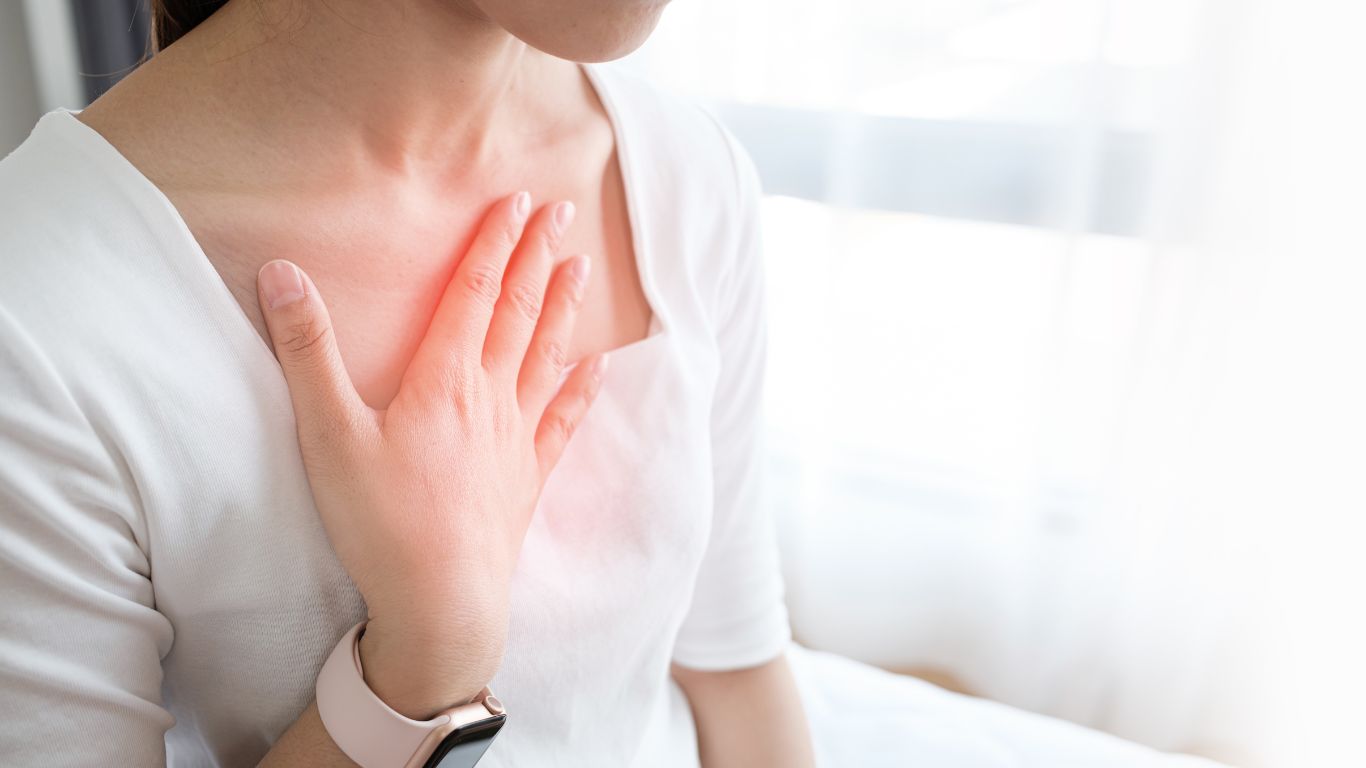
Combining reflexology with proven GERD strategies gave me control over my symptoms for the first time in years. My personalized plan includes:
- Weekly reflexology sessions or self-massage on key reflex points.
- A GERD-friendly diet focusing on low-acid, non-spicy meals.
- Stress management techniques like yoga, meditation, and deep breathing.
- Regular physical activity tailored to avoid jarring movements that can worsen reflux.
If you’re tired of the revolving door of medications and diet fads, remember there’s hope in combining conventional and holistic therapies. You deserve a GERD plan as unique as you are—and reflexology might just be the missing piece you didn’t know you needed.
For a foundational overview of GERD causes, symptoms, and proven treatment options, visit our GERD diagnosis guide for accurate insights on early detection.
When to Consider Professional Reflexology for GERD

While I love a good DIY foot massage, there’s a big difference between a quick rub before bed and the skilled hands of a certified reflexologist. You might want to book a professional session if:
- Your GERD symptoms are persistent despite making dietary or lifestyle changes.
- You’re struggling with severe anxiety or stress that worsens reflux episodes.
- You feel unsure about locating and stimulating the right reflex points on your own.
A professional can tailor techniques to your specific triggers, monitor progress, and suggest complementary therapies you may not have considered. If you decide to go this route, always choose a licensed or certified reflexologist with experience in digestive health issues.
Common Misconceptions About Reflexology for GERD

I used to think reflexology was just a fancy foot massage. Let’s clear up a few common myths:
- Myth: Reflexology can replace GERD medications entirely.
Truth: Reflexology is best used as a complementary therapy, not a substitute for prescribed treatment. - Myth: Reflexology works instantly for everyone.
Truth: While I felt some relief after one session, most people see gradual improvement with consistent practice. - Myth: Reflexology is painful.
Truth: Sessions should never hurt; mild tenderness is normal, but sharp pain means too much pressure.
Understanding what reflexology can—and can’t—do helps you set realistic expectations and avoid disappointment.
Pairing Reflexology with Other Holistic GERD Strategies

To maximize benefits, I combined reflexology with other holistic strategies, which worked wonders for my symptoms:
- Mindful eating: Chewing slowly and savoring meals reduced my reflux episodes dramatically.
- Gentle yoga: Poses like Child’s Pose and Cat-Cow improved digestion and calmed my nerves.
- Hydration: Drinking small sips of water throughout the day kept acid levels balanced.
- Intermittent relaxation: Taking a 5-minute stretch break during stressful workdays helped avoid midday reflux flares.
If you’re curious about expanding your holistic approach, check out these natural GERD remedies that actually work for even more ideas.
Reflexology: A New Way Forward for GERD Sufferers

After years of trial and error, reflexology became one of my favorite discoveries for managing GERD. It offered me more than just symptom relief—it restored my confidence that I could enjoy life without fear of sudden heartburn or regurgitation ruining my day.
If you’re skeptical, that’s totally normal. I was, too. But the first time I woke up without that raw, acid-induced sore throat after a reflexology session, I knew I had found something worth sharing. Now, I encourage fellow GERD sufferers to explore this gentle, holistic option that supports both mind and gut health.
Take the Next Step in Managing Your GERD
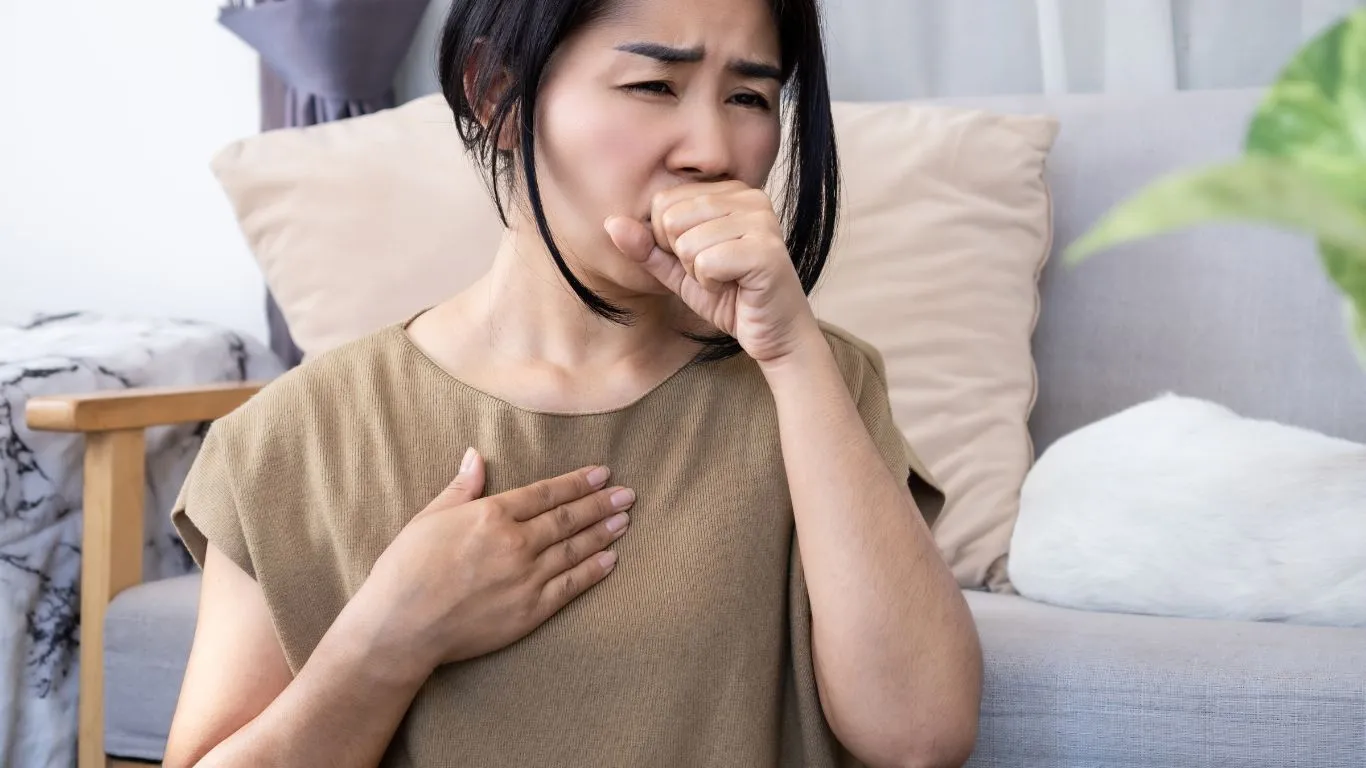
If you’re ready to try reflexology, talk to your doctor about adding it to your GERD management plan. Start slow, pay attention to how your body responds, and don’t forget to support your journey with proven strategies from trusted sources. For a complete guide to understanding your GERD symptoms, possible complications, and when to seek help, read our comprehensive GERD symptoms guide to stay informed and proactive about your digestive health.
Remember, you’re not alone—and with a thoughtful approach blending reflexology, lifestyle changes, and professional care, long-lasting relief from GERD is more than just a dream. You’ve got this!

Camellia Wulansari is a dedicated Medical Assistant at a local clinic and a passionate health writer at Healthusias.com. With years of hands-on experience in patient care and a deep interest in preventive medicine, she bridges the gap between clinical knowledge and accessible health information. Camellia specializes in writing about digestive health, chronic conditions like GERD and hypertension, respiratory issues, and autoimmune diseases, aiming to empower readers with practical, easy-to-understand insights. When she’s not assisting patients or writing, you’ll find her enjoying quiet mornings with coffee and a medical journal in hand—or jamming to her favorite metal band, Lamb of God.
